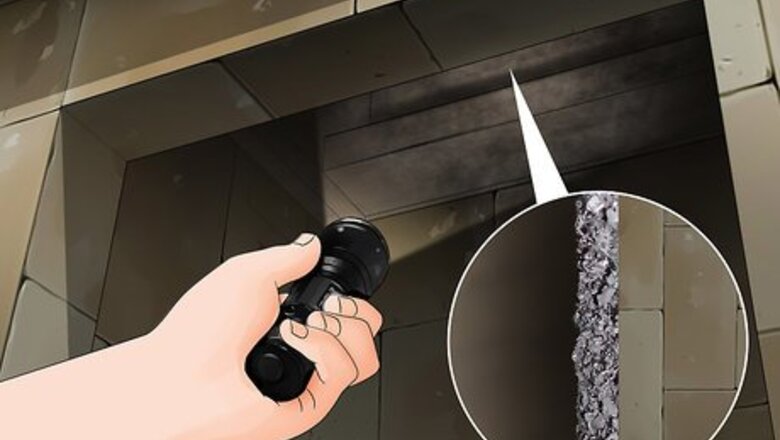
views
Prepare to Clean the Chimney
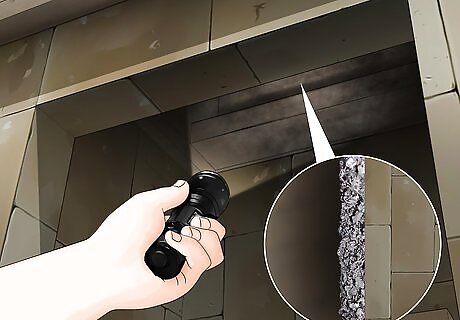
Determine whether the chimney needs to be cleaned. Chimneys should be cleaned at least once a year, and more often if you use your fireplace frequently. Take a flashlight and peer inside the chimney flute. Use a pencil or plastic knife to scrape off a bit of the creosote that has accumulated on the side of the chimney. If it's 1/8-inch thick or thicker, it's time for a cleaning. If you only clean your chimney once a year, do it in the fall, before the burning season begins. Otherwise, you risk sparking a chimney fire the first time you light up your fireplace in the winter.
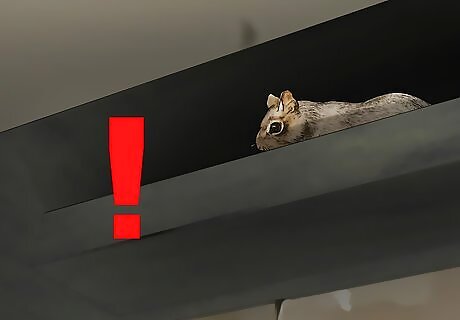
Check the chimney for animals. If it has been awhile since the last time you used your chimney, check for critters before you begin cleaning. Birds, squirrels and raccoons like to nest there, especially in the cooler months. Shine a flashlight up the chimney from the fireplace, and if you find an animal, take steps to have it removed.
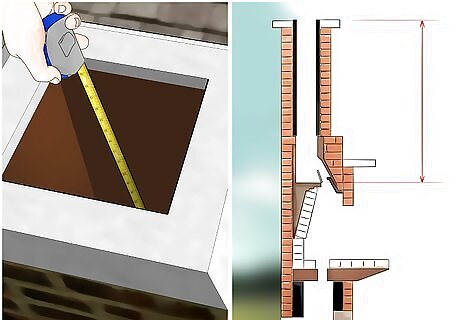
Measure your chimney flue. To clean your chimney, you'll have to use properly-sized tools. Measure the sides of your chimney from the bottom, through the fireplace. You could also climb up a ladder and measure it from the top. Determine the size and shape of the flue. It will be either square or round, 6" or 8." Determine the height of the chimney. If you're guessing, it's better to overestimate, so you have more than enough extra rope or piping to make sure the chimney brush can reach the entire length of the chimney.
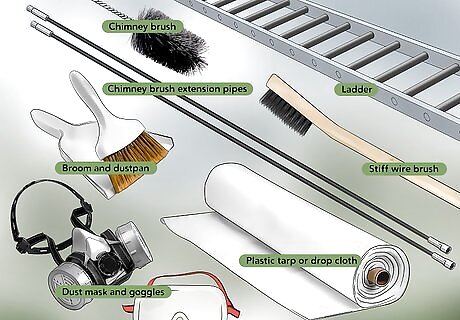
Buy chimney cleaning supplies. Go to the hardware store and buy the following items in preparation for cleaning the chimney: A chimney brush, either wire or plastic. Use your chimney's measurements to buy the right size. Chimney brush extension pipes, to help you clean the whole length of the chimney. Alternatively, you could buy a weighted rope designed to be used with the chimney brush, or a rope pulley system. A smaller stiff wire brush. A plastic tarp or drop cloth for use inside your house. A ladder tall enough to reach your roof, if you plan to clean your chimney from the top down. A broom and dustpan. A dust mask and goggles.

Dress in appropriate clothing. Wear old clothes that you don't mind getting messy with soot. Cover your hair with a bandanna. You may want to wear work gloves to protect your hands. Use a dust mask and goggles to prevent soot from getting in your mouth and eyes.
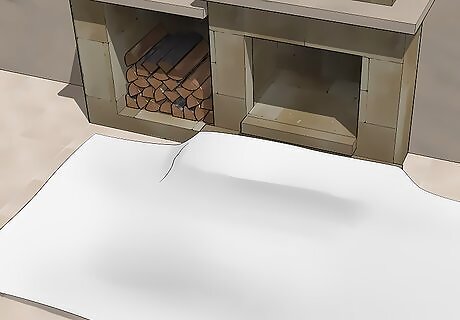
Prepare your house for the cleaning. Drape the drop cloth or tarp around your fireplace, extending it out into your living room several feet. Use sheets or tarps to cover furniture with light fabric. Roll back your expensive rugs.

Remove the damper from the chimney flue. Locate the damper handle inside your chimney, and use the small wire brush to clean it off. Detach it from the chimney and set it aside on the drop cloth, so it won't obstruct the chimney brush as you proceed with cleaning the chimney.
Clean the Chimney from the Top Down
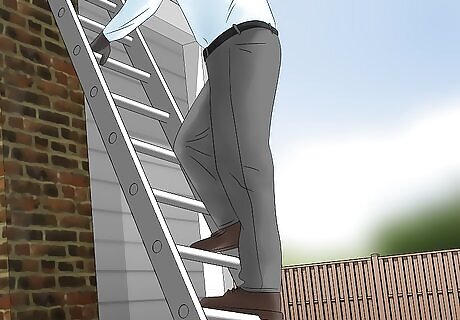
Set up the ladder and climb to the roof. Assuming you've ascertained that your roof is safe to stand on, and that you're comfortable doing so, set up your ladder right next to the house. Fill a satchel with the chimney brush and extensions, sling it over your shoulder, and climb the ladder. If you feel any trepidation at the thought of climbing a ladder or standing on your roof, clean your chimney from the bottom instead, using the method outlined below. If you're unsure about the quality of your roof, or if your roof is slanted and you're not sure you'll be able to keep your balance, use the other method.
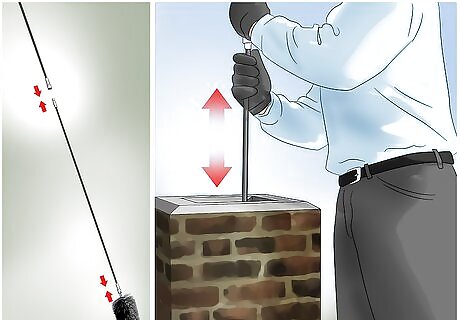
Assemble the brush and one section of pipe. Attach the first piece of pipe to the brush. Insert the brush into the chimney. Using up and down motions, begin to scrub the flue clean. Add another section of pipe to enable you to extend the brush further down the chimney. Continue in this fashion until you've cleaned the length of the flue. If you are using the rope and weight method, attach the weighted rope to the brush. Hold the end of the rope and lower the brush into the chimney. Lift it up and down in a scrubbing motion along the entire length of the flue.
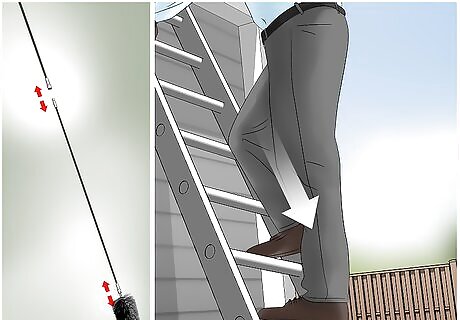
Dissemble the brush and extensions, or detach the rope. Place the supplies in your satchel and climb back down the ladder.

Clean the bottom of the chimney. Use the small wire brush to clean the bottom of the flue that you may have missed with the brush.
Alternative Methods
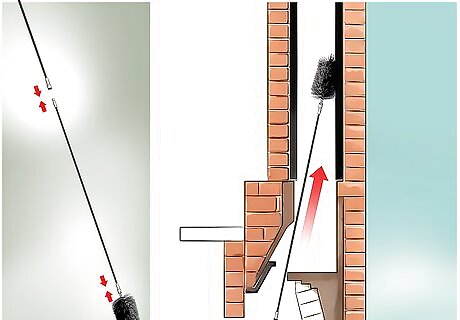
Clean the chimney from the bottom up. Assemble the brush and one section of pipe. Attach the first piece of pipe to the brush. Insert the brush into the chimney through the fireplace. Using up and down motions, begin to scrub the flue clean. Add another section of pipe to enable you to extend the brush further up the chimney. #*Continue in this fashion until you've cleaned the length of the flue.
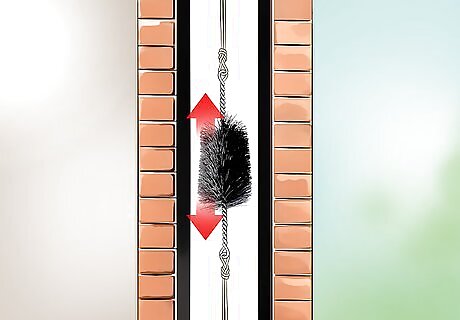
Use a pulley system with a partner. Buy a pulley rope system to be used with your chimney brush. Two ropes are attached to the brush, one on the top and one on the bottom, and the brush is operated from both the roof and the fireplace. Assemble the pulley system with the brush. Have one person take it up a ladder to the roof. The person on the roof should hold one side of the rope, and drop the other side, with the brush in the middle, through the flue to the other person waiting below. Working together, use the ropes to pull the brush up and down, scrubbing the entire chimney flue.
Finish the Job
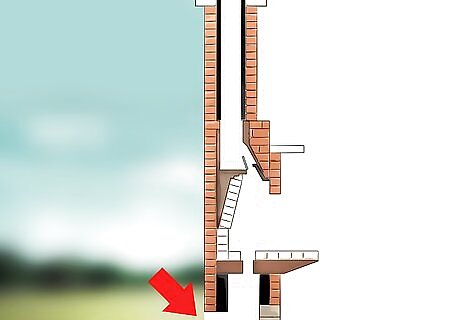
Clean the flue's entrance. At the very bottom of the chimney, often located in the basement, you should find a small door going into the area under the flue. The creosote and soot will have collected there. Use a small spade to shovel it into a bucket. Reattach the damper handle.
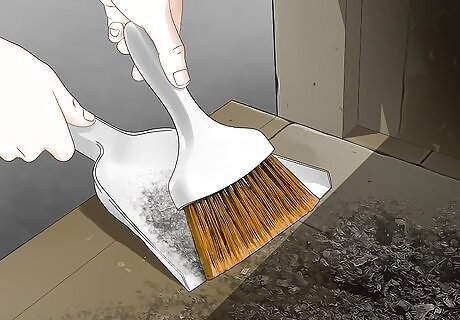
Use the brush and dustpan to clean up the debris from the fireplace. Empty it into the waste bucket.
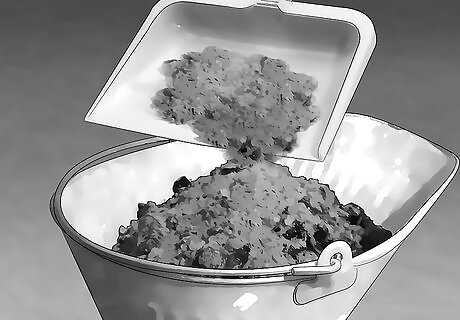
Use the brush and dustpan to sweep up debris from the tarp or drop cloth. Empty it into the waste bucket.
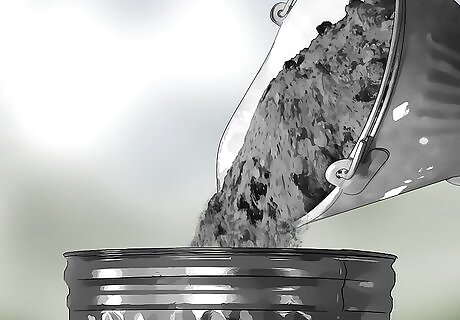
Dispose of the soot and creosote in accordance with your local laws. Since creosote is a flammable substance, it should not be thrown in the trash.










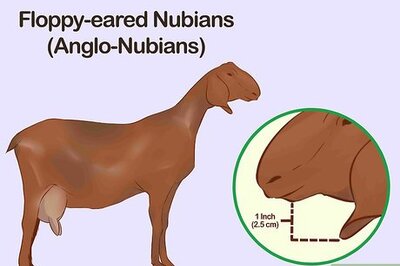



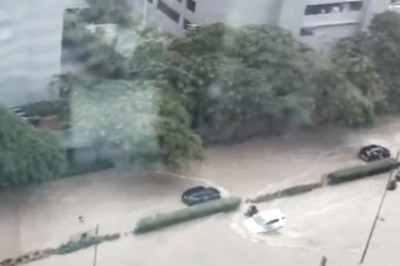



Comments
0 comment